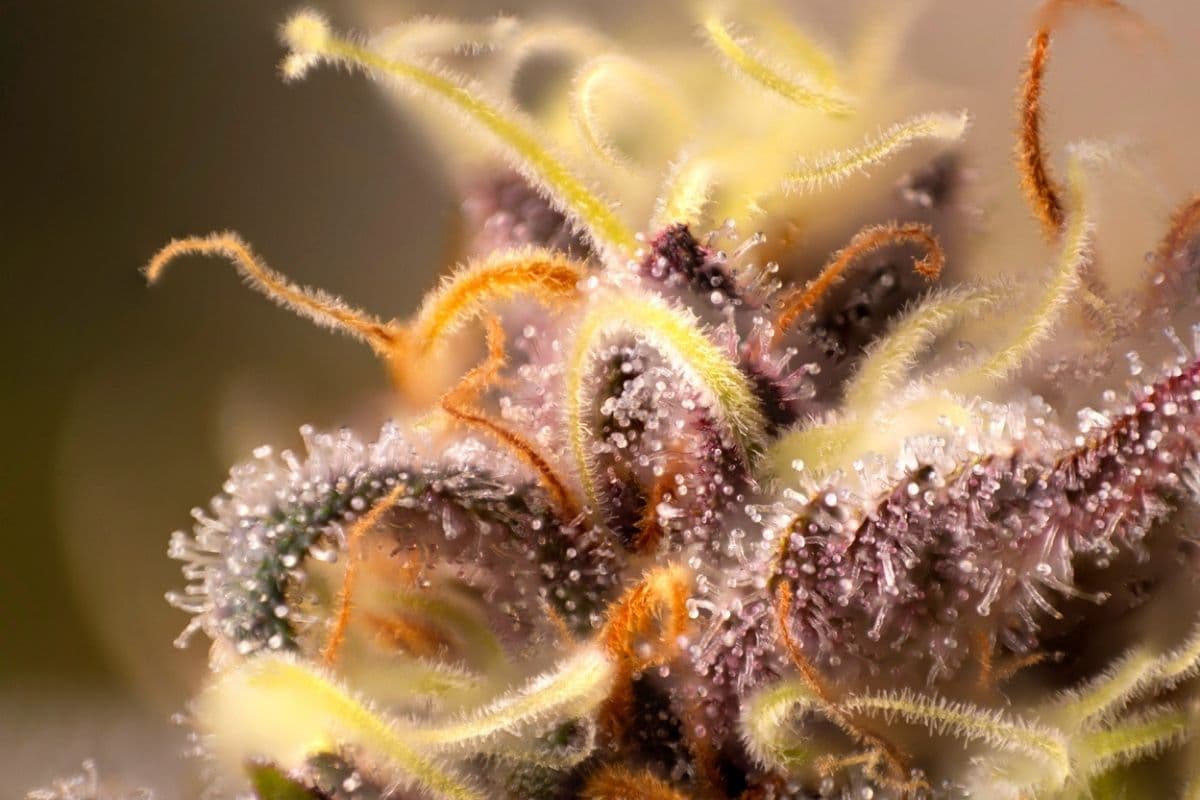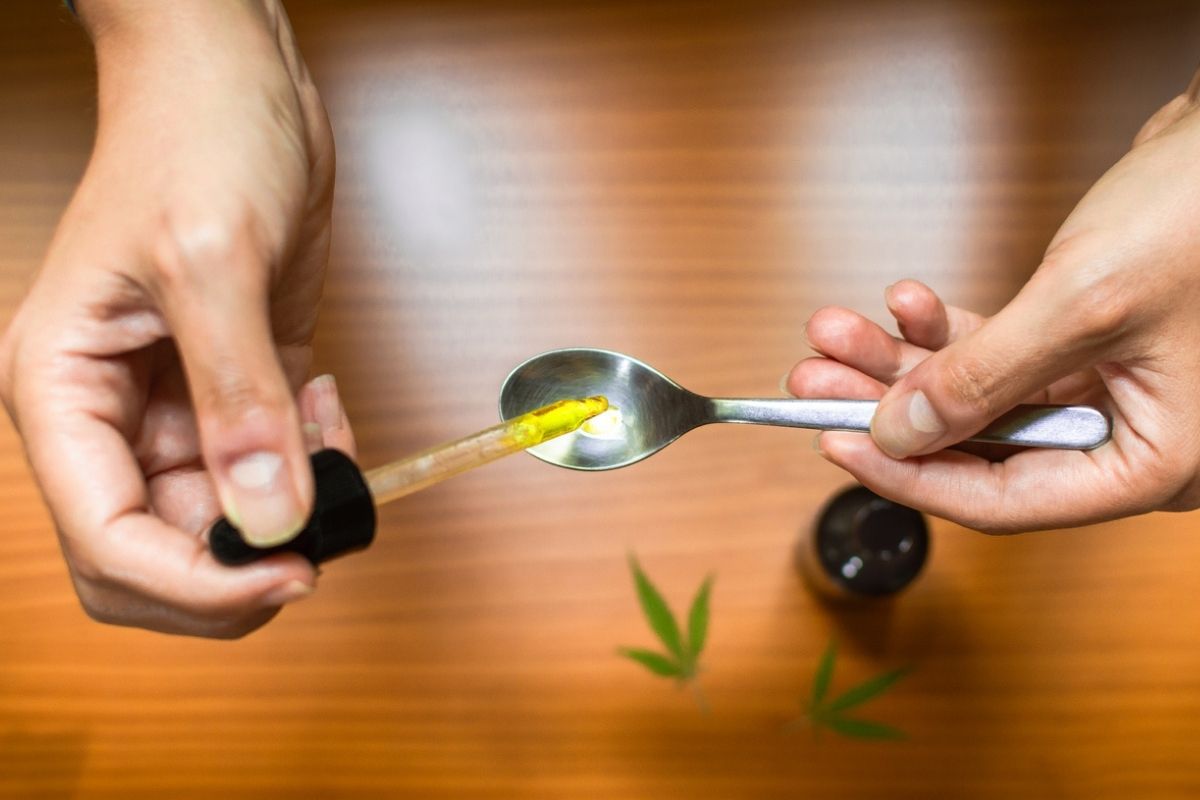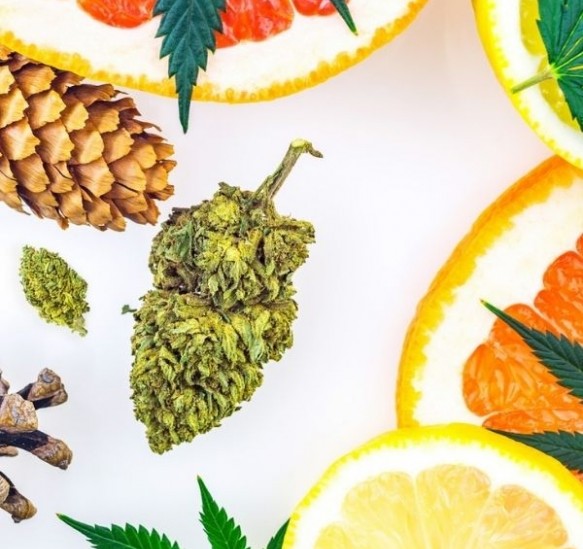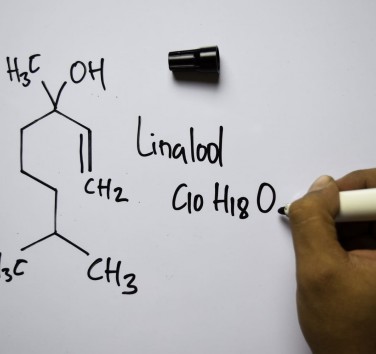What are terpenes?

From a biological point of view, terpenes are hydrocarbon molecules available in potentially all plants that may exist. Therefore, terpenes are not just about hemp. Terpenes are primarily present in the resin of plants that possess them than anywhere else in their bodies.
While many resins are unremarkable in terms of their olfactory expression, there are others that are capable of displaying a very special scent. Without even having consumed hemp in your life, you have certainly already smelled a coniferous resin while walking in the forest. A fresh, characterful aroma that immediately brings to mind wild greenery.
This smell is then an expression of the terpenes present in the resin. The terpenes, although present in this resin, are also volatile. For this reason, they produce a unique odour, often very pleasant to breathe. These are also the same terpenes that we breathe in from citrus fruits.
All of the intoxicating woody scents that come to you on a walk in the woods will, for the most part, be derived from terpenes. Because of their chemical status as secondary metabolites, terpenes are in no way vital to the plant. They can therefore be extracted without compromising the health of the plant. This applies to all terpene-filled plants, including hemp.
What is the role of terpenes in hemp?
Only female hemp plants can create terpenes. Indeed, the latter are the only ones that are biologically endowed with trichomes, thus allowing them to secrete terpenes naturally. Photosynthesis plays a crucial role in this secretion process, as light directly affects the level of terpenes released into the atmosphere. It is for this reason that forest scents are more present in spring and summer than during autumn and winter.
Although this smell is very pleasant to us when we breathe it in, the aromas emitted by terpenes play a biological repellent role. Indeed, terpenes are a natural mechanism of the plant used to repel many potential predators. In addition, these same aromas attract other insects capable of pollinating the plants.
These aromas have been exploited by many perfumeries who have extracted the natural scents for their confections. The same is true for the food industry, which also uses them to flavour dishes.
Beyond their olfactory attributions, terpenes are not limited to an odoriferous role. Indeed, the unique chemical characteristics of terpenes are thought to regulate the intensity of THC and CBD in hemp. Some studies believe that terpenes enhance the virtuous effects of CBD. A high concentration of terpenes in a CBD product may mean that the effects are more intense than normal.
The main terpenes found in hemp and their properties

To get the most out of your CBD products, you can be inspired by their terpene composition. This is because terpenes multiply into a very wide variety of subcategories, each of which then has particular characteristics. By learning the name of each of these terpenes, you will be able to know all the properties of your CBD product.
Moreover, if you like one of these particular varieties more than another, you can also do your CBD research based on them to find the product that really suits you. And for good reason, many consumers give priority to the flavours of their CBD rather than its effects.
Caryophyllene
Also known as beta-caryophyllene, this variety of terpene is notable for its intense peppery smell. This terpene is found precisely in the molecular basis of all pepper varieties that can exist, as well as in other natural products such as cinnamon or cloves.
The pungent intensity of this aroma makes it an ideal repellent to species that might attack the plant and its caryophyllene-filled resin. However, this very particular scent accentuates the intensity of the CBD. If only because of its taste, it will give a whole new dimension to the effects felt when tasting.
Myrcene
The myrcene, by the simple smell that emanates from it, immediately evokes the specific smell of the mango. However, this fruit is not the only one to be garnished with myrcene. Thyme and lemongrass are also enriched with myrcene.
This same myrcene is a terpene associated with rather sweet and woody tropical fruit scents. Flavours that are ideally matched with CBD flowers in their raw state.
Humulene
For its part, humulene is situated halfway between sweetness and spiciness. We associate its sumptuous taste with basil, coriander or even other light lemony scents.
Pinene
As its name suggests, pinene is extracted from pine trees and grants a woody flavour to any hemp derivative being provided with this particular terpene. Its smell is reminiscent of the feel of a coniferous forest with occasional notes of orange and parsley.
Limonene
With regard to its etymology, limonene refers to lemon. With sweet acidic tones, limonene evokes grapefruit or even lemon. Indeed, limonene also evokes peppermint scents with strong and intense aromas.
Terpinene
Very versatile, terpinene is found in tea herbs as well as rosemary and cumin. Its characterful aroma enhances the wild, woody side of hemp.
Nerolidol
A terpene of nerolidol emanates fragrances that are described as floral. It is found in abundance in the rose among other flowers with such a bewitching scent.
Within the spectrum of its fragrance, there are a consistent number of sweet and delicate fruity compositions that will please lovers of light sweet aromas.
Linalool
Linalool might stick to a particular aroma attributed to lavender. A linalool terpene leaves behind a sweet, soothing scent that invites relaxation and unwinding.
There are many more terpenes, each attributed to a specific scent family. It's up to you to designate which terpenes will best appeal to you when choosing your favourite CBD products. This way, you can better match the effects of the latter to their scents for an optimal tasting moment.








